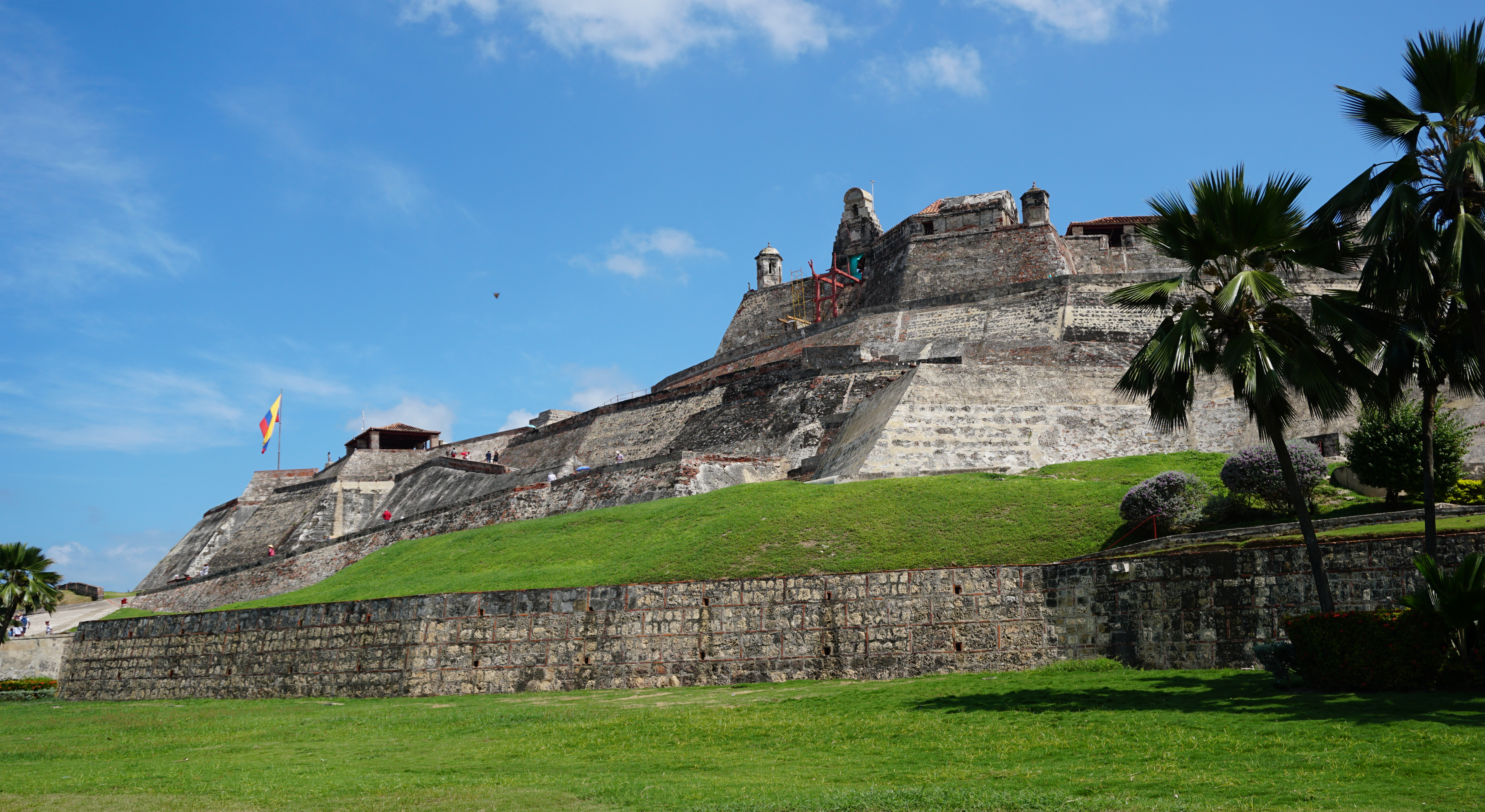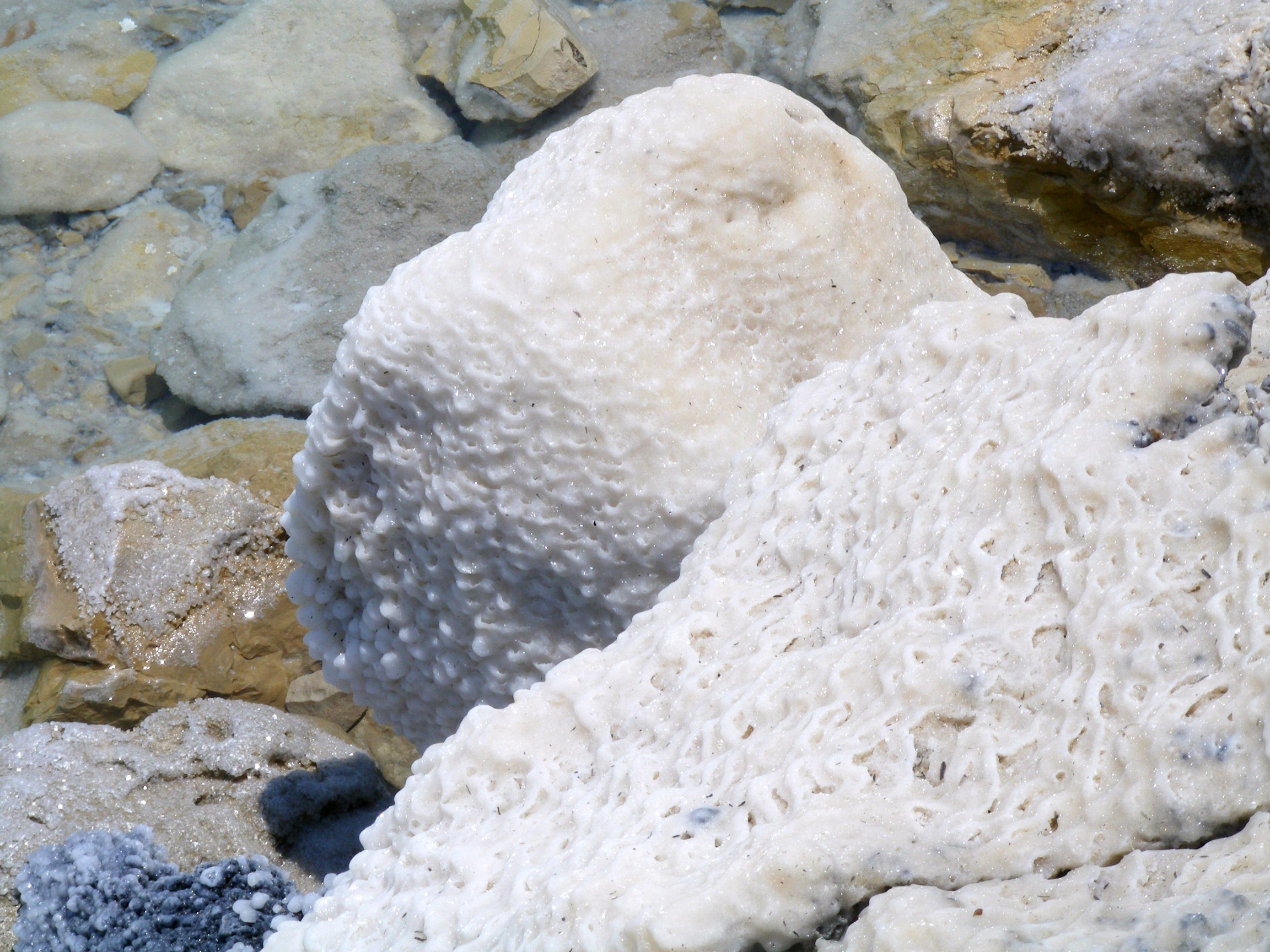|
Fort McDowell Indian Reservation
The Fort McDowell Yavapai Nation (Yavapai language, Yavapai: A'ba:ja), formerly the Fort McDowell Mohave-Apache Community of the Fort McDowell Indian Reservation, is a federally recognized tribe and Indian reservation in Maricopa County, Arizona about northeast of Phoenix, Arizona, Phoenix. The reservation was officially created on September 15, 1903 by executive order, on a small parcel carved from the ancestral lands of the Yavapai people, encompassing . The acreage had been part of the Fort McDowell Military Reserve, which had been an important outpost during the Apache Wars. The original inhabitants of the reservation were members of the Yavapai#Yavapai bands, kwevikopaya, or Southeastern Yavapai, who lived in the nearby Four Peaks, Mazatzal-Four Peak and Superstition Mountains area. In the 1970s, there was a proposal to build a dam at the confluence of the Verde and Salt Rivers. Due to the negative effects such a dam would have had on the reservation, the community voted not ... [...More Info...] [...Related Items...] OR: [Wikipedia] [Google] [Baidu] |
Fort McDowell Yavapai Nation Sign-2
A fortification is a military construction or building designed for the defense of territories in warfare, and is also used to establish rule in a region during peacetime. The term is derived from Latin ''fortis'' ("strong") and ''facere'' ("to make"). From very early history to modern times, defensive walls have often been necessary for cities to survive in an ever-changing world of invasion and conquest. Some settlements in the Indus Valley civilization were the first small cities to be fortified. In ancient Greece, large stone walls had been built in Mycenaean Greece, such as the ancient site of Mycenae (famous for the huge stone blocks of its 'cyclopean' walls). A Greek '' phrourion'' was a fortified collection of buildings used as a military garrison, and is the equivalent of the Roman castellum or English fortress. These constructions mainly served the purpose of a watch tower, to guard certain roads, passes, and borders. Though smaller than a real fortress, they ac ... [...More Info...] [...Related Items...] OR: [Wikipedia] [Google] [Baidu] |
Apache Wars
The Apache Wars were a series of armed conflicts between the United States Army and various Apache tribal confederations fought in the southwest between 1849 and 1886, though minor hostilities continued until as late as 1924. After the Mexican–American War in 1846, the United States inherited conflicted territory from Mexico which was the home of both settlers and Apache tribes. Conflicts continued as new United States citizens came into traditional Apache lands to raise livestock and crops and to mine minerals. The U.S. Army established forts to fight Apache tribal war parties and force Apaches to move to designated Indian reservations created by the U.S. in accordance with the Indian Removal Act. Some reservations were not on the traditional areas occupied by the Apache. In 1886, the U.S. Army put over 5,000 soldiers in the field to fight, which resulted in the surrender of Geronimo and 30 of his followers. This is generally considered the end of the Apache Wars, althou ... [...More Info...] [...Related Items...] OR: [Wikipedia] [Google] [Baidu] |
Salt River Pima-Maricopa Indian Community
Salt is a mineral composed primarily of sodium chloride (NaCl), a chemical compound belonging to the larger class of salts; salt in the form of a natural crystalline mineral is known as rock salt or halite. Salt is present in vast quantities in seawater. The open ocean has about of solids per liter of sea water, a salinity of 3.5%. Salt is essential for life in general, and saltiness is one of the basic human tastes. Salt is one of the oldest and most ubiquitous food seasonings, and is known to uniformly improve the taste perception of food, including otherwise unpalatable food. Salting, brining, and pickling are also ancient and important methods of food preservation. Some of the earliest evidence of salt processing dates to around 6,000 BC, when people living in the area of present-day Romania boiled spring water to extract salts; a salt-works in China dates to approximately the same period. Salt was also prized by the ancient Hebrews, Greeks, Romans, Byzantines, H ... [...More Info...] [...Related Items...] OR: [Wikipedia] [Google] [Baidu] |


